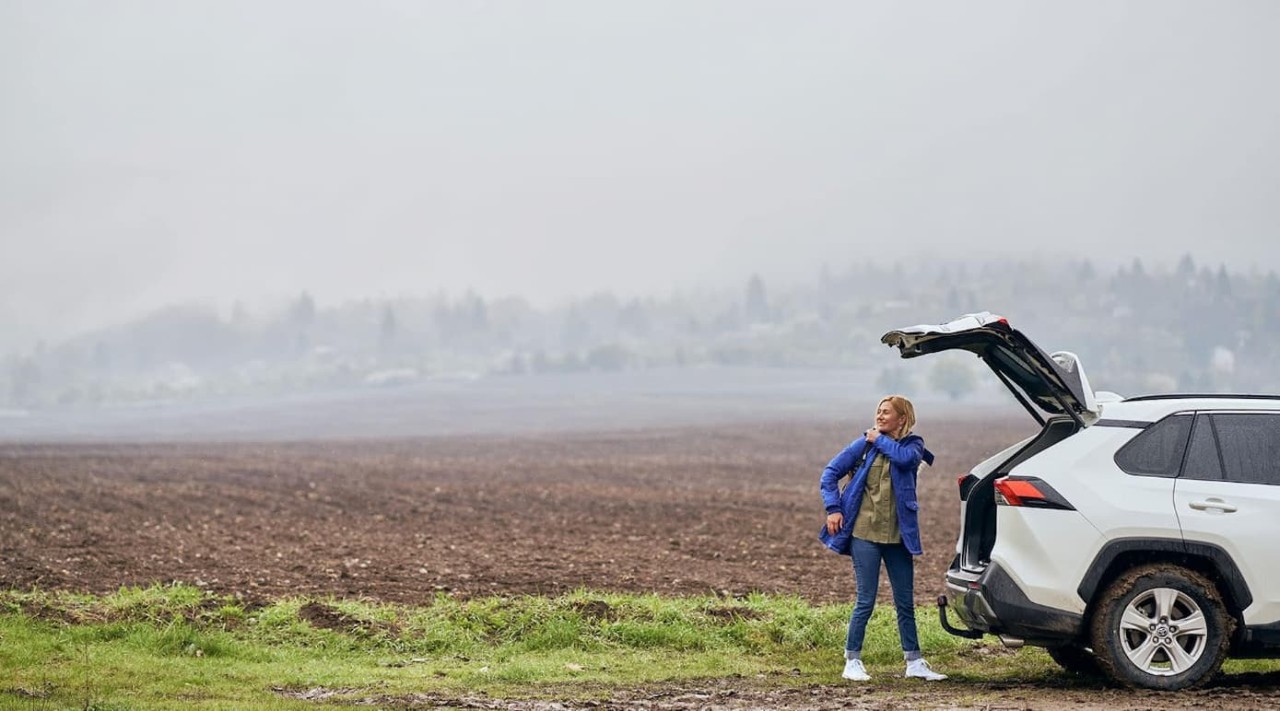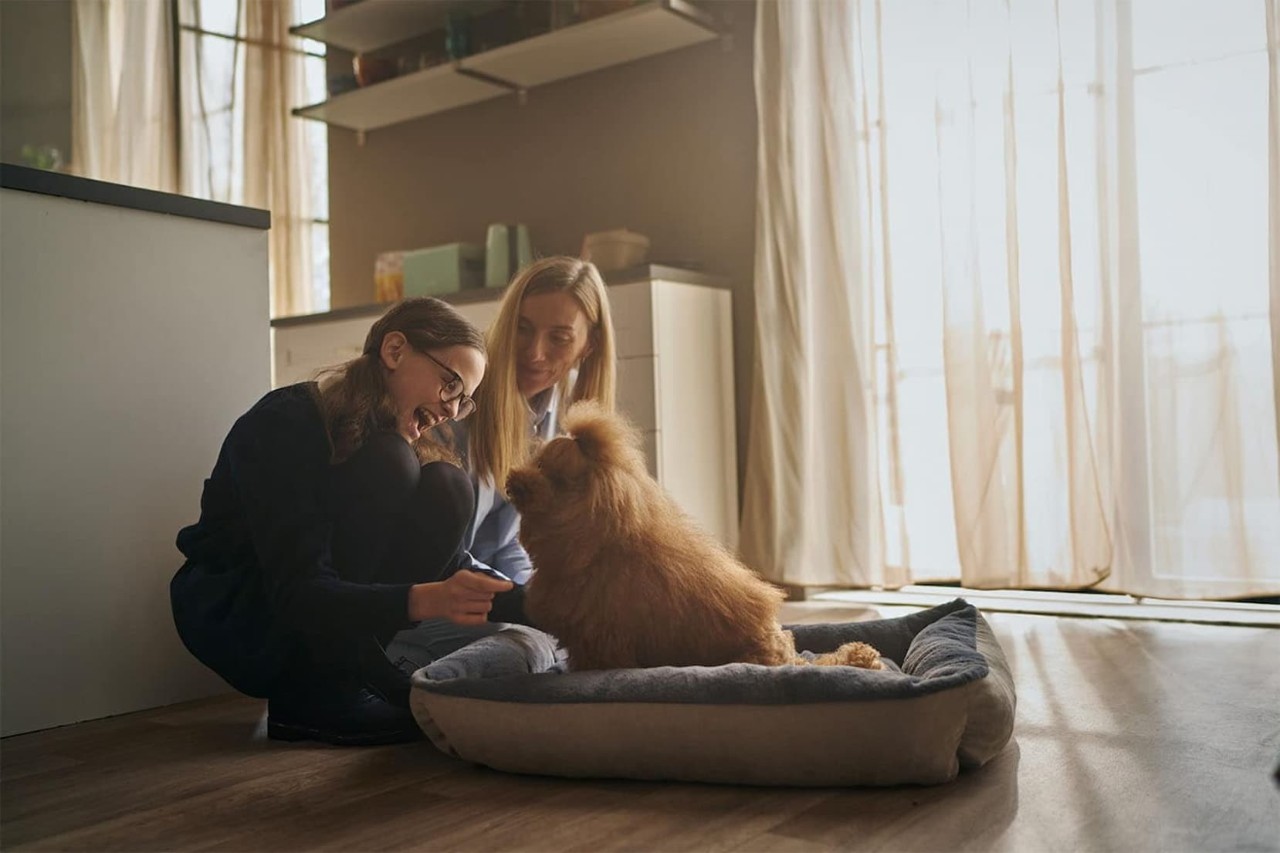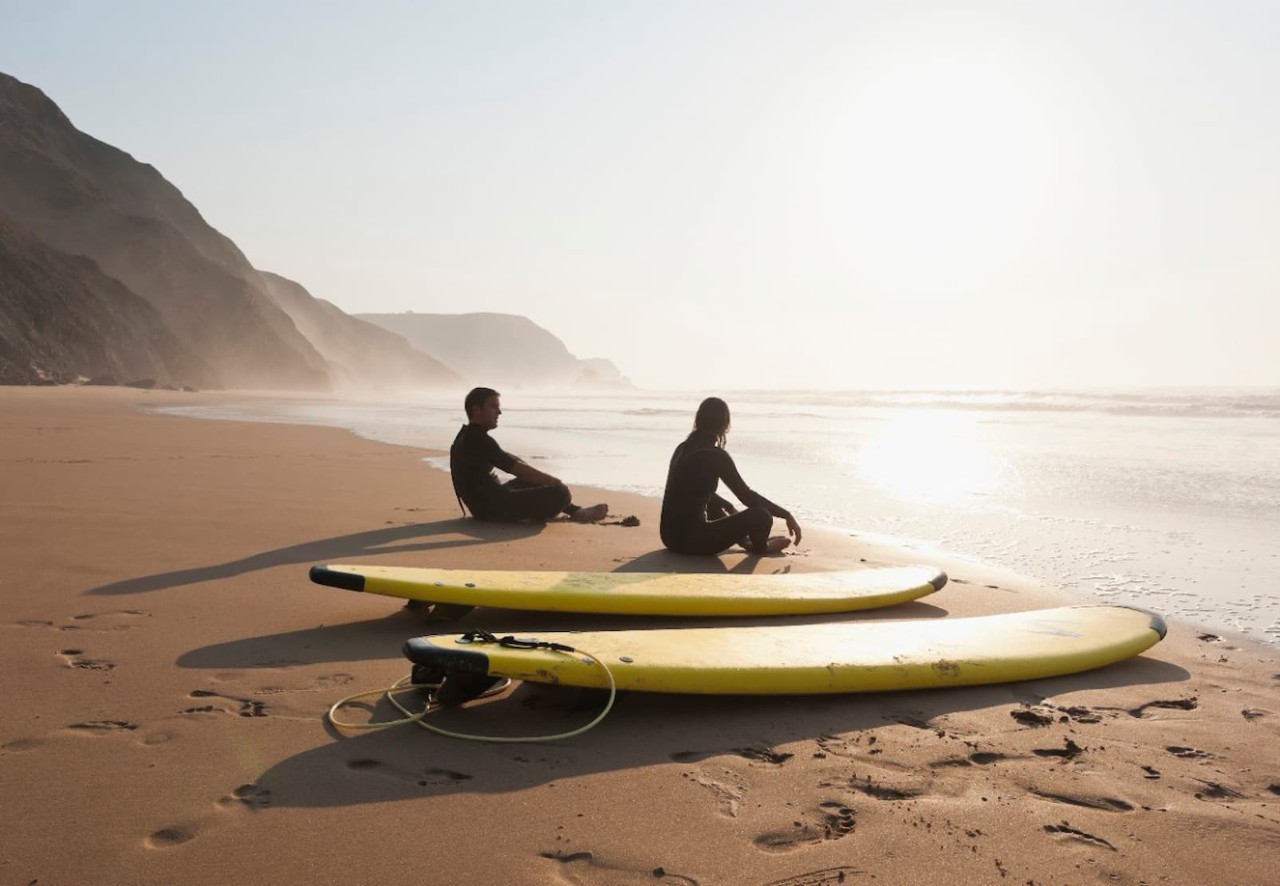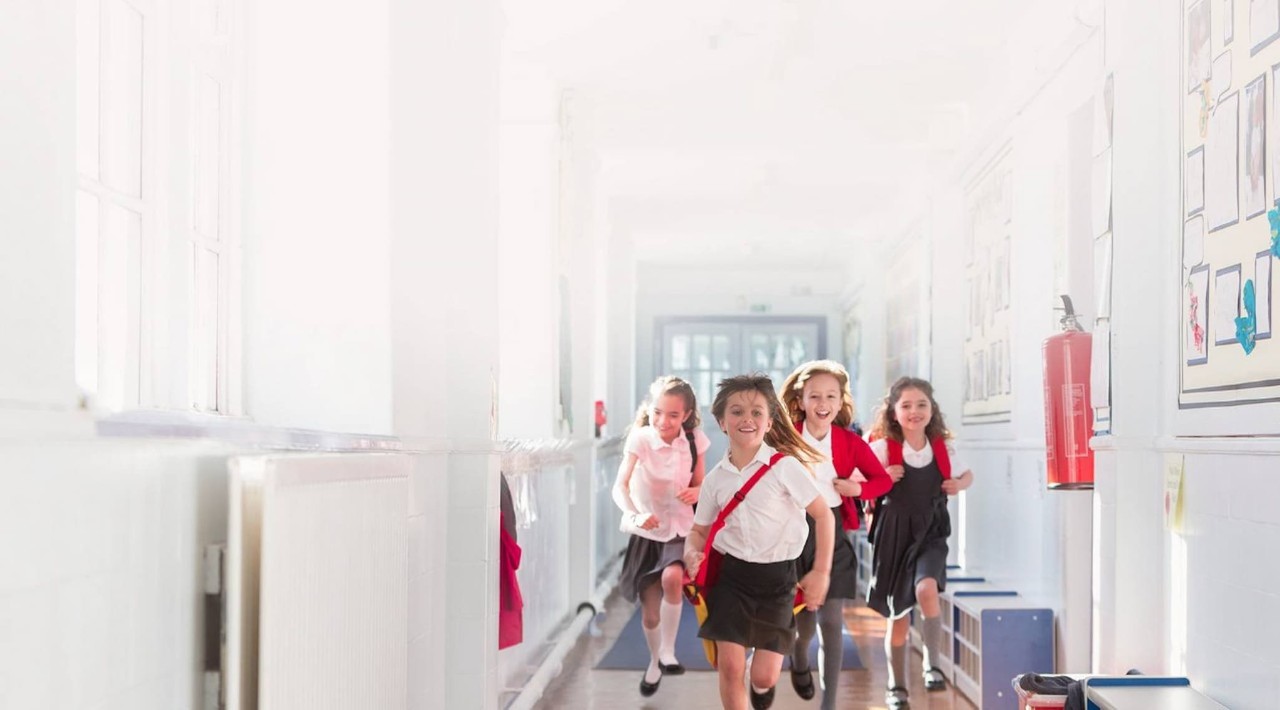By Martin McKeogh | December 2020
2020 has been an unusual year for us all and this is no different in the legal world. The pandemic has brought changes in ways we never imagined; virtual court hearings, virtual settlement talks, virtual liability consultations , if only the slips, trips and falls were virtual too!
Whilst virtual legal meetings have stood the pace of the pandemic, the later part of 2020 did see an increase in physical court hearings and we would hope this will continue in 2021. Drawn out negotiations, long delays waiting for court dates and lengthy hearings add significant costs to claims, so ultimately it’s in our collective best interest that physical court hearings get back up and running frequently and safely.
Although Court hearings have been adjourned throughout 2020, we have successfully negotiated some settlements on favourable terms.
Case 1
A slip and fall occurred on school grounds during a frosty January morning in which the plaintiff sustained serious injuries. We carried out a full investigation and felt the school had taken all necessary precautions in salting the school grounds and placing warning signs on the school property. We denied liability and appointed one of our legal partners to litigate the matter on behalf of the School. During litigation our engineer advised the location of the accident did not comply with current building regulations. This left us potentially exposed in that the court could conceivably find the school negligent for not having the grounds up to current building regulation standards. We continued with our defence of the claim and put the plaintiff on full proof of her injuries. This requires the plaintiff to provide medical opinion, medical history records, scans, recovery prognosis etc. On the week of the court hearing date, we successfully settled the case for a nuisance value inclusive of the plaintiff’s legal costs. A nuisance value is a settlement value that, when taking into account the legal costs of proceeding to a court hearing and the possibility of losing the case, aims to reduce the potential overall cost of the claim and the value of the claim. Despite our exposure in relation to building regulations we had a strong negotiation position as the school had played their part in taking precautions in the bad weather. The reasonable precautions taken significantly reduced the plaintiffs chance of proving the school were negligent or did not show due care.
Case 2
An incident occurred in school where a ceiling tile fell from the roof on to a student’s desk. As there was an undetected leak in the roof, we had an exposure in relation to liability and we accepted the tile fell on the students desk. The injured party alleged the tile hit off their head and nose when falling from the ceiling. We carried out our investigations and put the injured party on full proof of their injuries. The injured party had medical reports to support their injuries. We made an offer to the claimants solicitor prior to the injuries board assessment but our offer was rejected by the plaintiff. We declined the injuries board assessment of the claim and advised we would not be admitting liability and would be proceeding to litigation. The plaintiff would have to prove their case in court if they wished to proceed. This plaintiff eventually accepted our original offer.
Case 3
A student allegedly fell on school grounds during an icy cold December day and fractured their wrist. This incident was reported to Allianz four years after it allegedly occurred. The Principal and Caretaker had no recollection of the incident and our investigation was clearly hampered due to late notification. We proceeded with litigation and requested further information from the plaintiff in relation to the reporting of this incident to the school, the accident location and relevant medicals records. This information was not forthcoming. We motioned through the courts, essentially an application to the court, to compel the plaintiff to provide this information. From our investigations with Met Éireann, the accident date provided was not necessarily an icy day – it was a dry day with passing clouds. Medical records were not provided and the injured party’s solicitor approached us to advise us their client was withdrawing their claim. A successful outcome but not without legal cost to Allianz.
As you can see above, unfortunately, some plaintiffs are willing to roll the dice in the hope of a handy settlement. However Allianz are well experienced in this area and have a variety of approaches and tools we can use to try get the best outcome. As always though, prevention is better than the cure and where schools act in a proactive manner like in case 1 above then it can significantly aid Allianz’s task in defending our schools.





